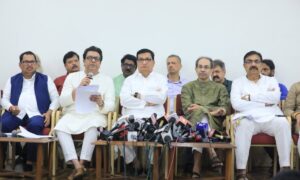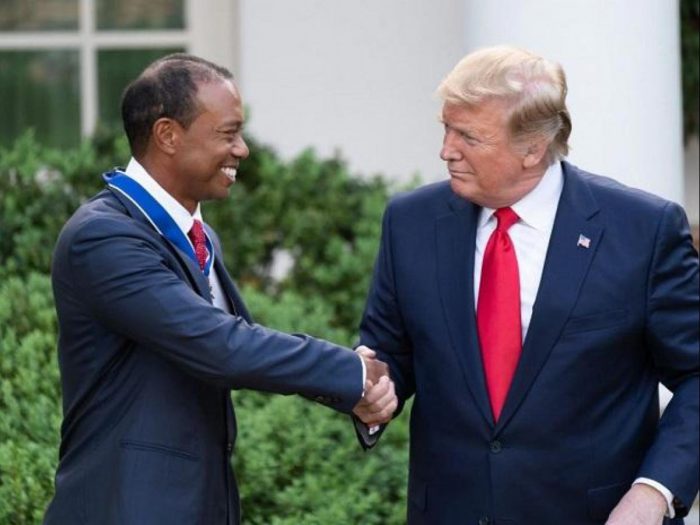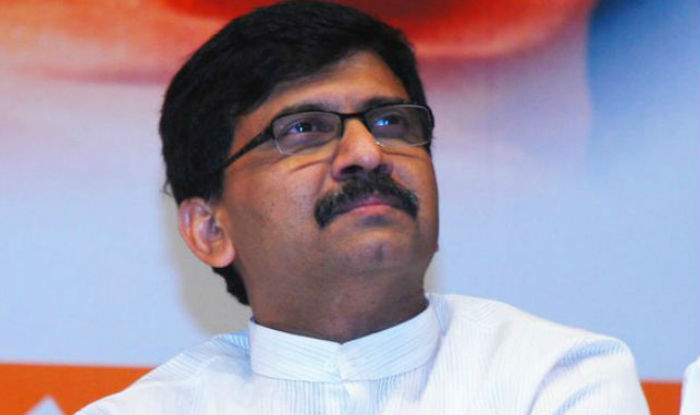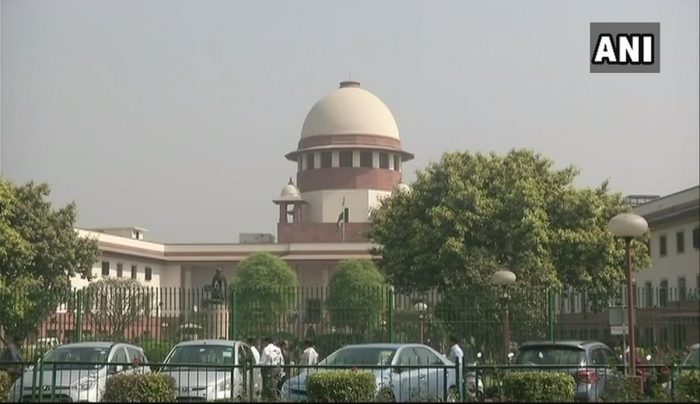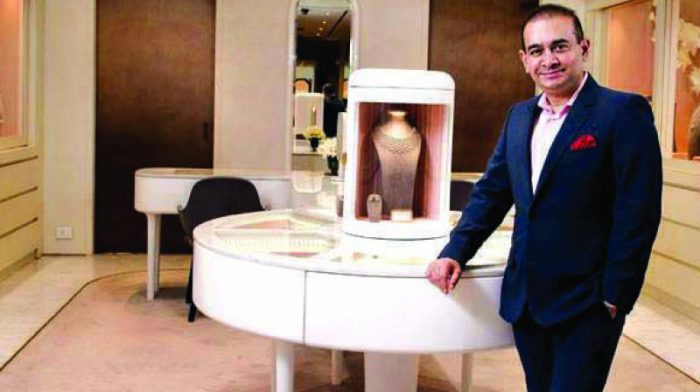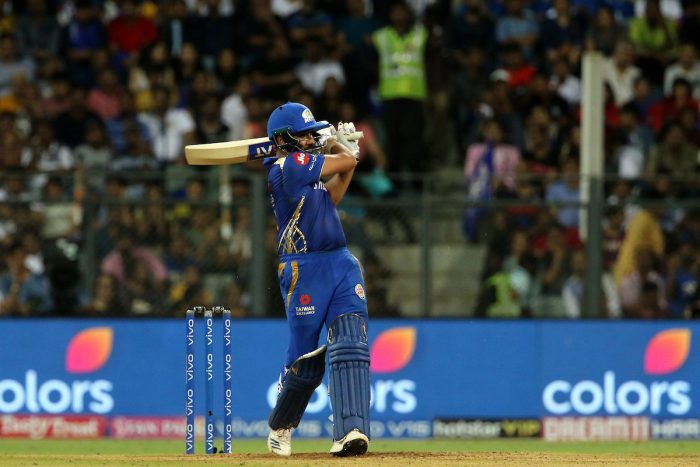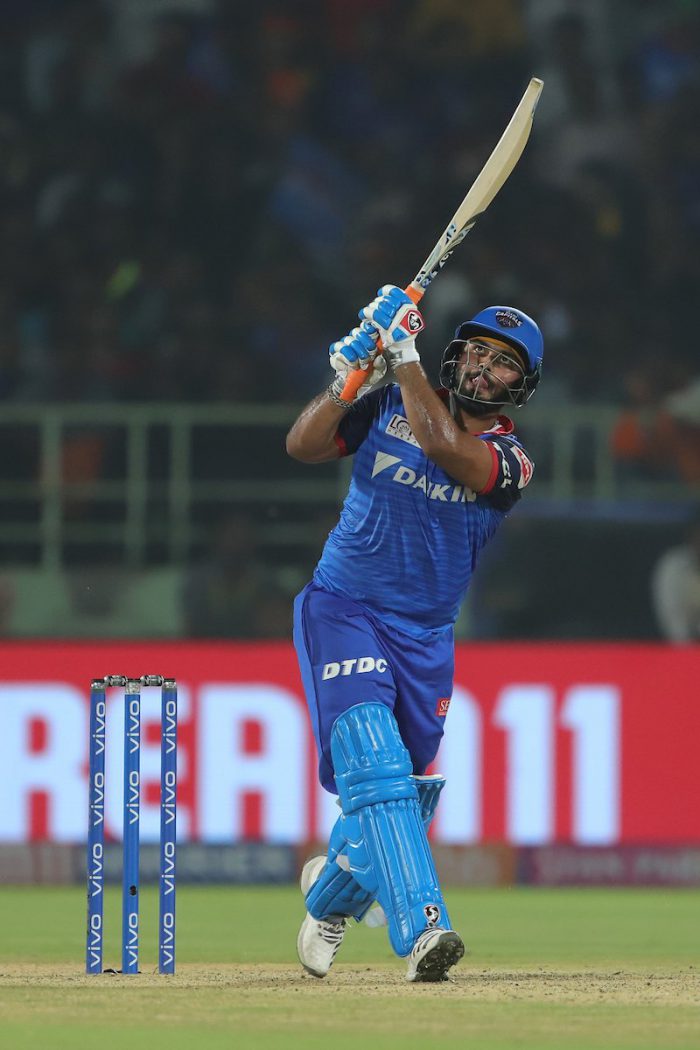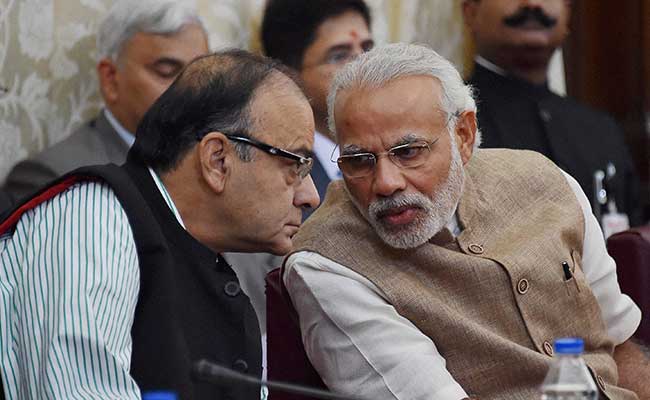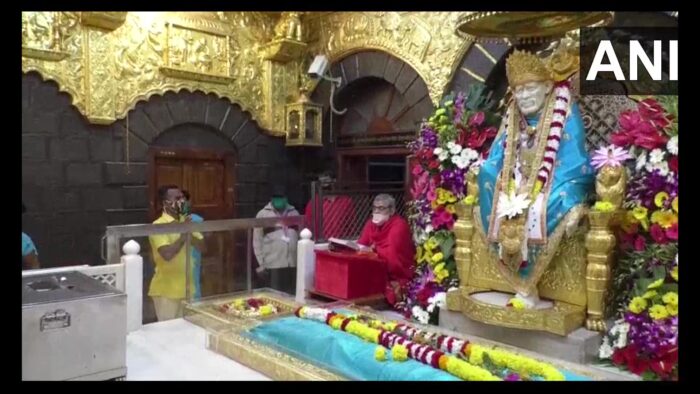
Picture : Twitter / ANI
Places of religious worship in Maharashtra, which were shut since the imposition of COVID-19 lockdown in March, reopened on Monday with devotees visiting some of the prominent temples and shrines in the state.
The reopening of the places of worship coincided with the Diwali ‘Padwa’, which is an important festival in the state.
Early in the morning, devotees were seen visiting Lord Vitthal’s temple at Pandharpur in Satara, Saibaba’s shrine in Shirdi, Goddess Tulja Bhavani’s temple in Osmanabad and the famous Siddhivinayak temple in Mumbai.
The Siddhivinayak temple’s chairman Aadesh Bandekar on Sunday said only 1,000 devotees will be allowed inside the temple every day in staggered time slots to be booked through a mobile phone application.
As per the standard operating procedures (SOPs) released by the state government, religious places located out of COVID-19 containment zones have been allowed to reopen as per the timings decided by authorities, and devotees will be allowed inside in a staggered manner.
Chief Minister Uddhav Thackeray on Saturday announced reopening of the places of worship, but also cautioned people, saying it cannot be forgotten that the “demon of coronavirus” still persists and called for following discipline.
The opposition BJP in the state had been seeking reopening of the places of worship and earlier questioned the Thackeray governments decision to not reopen temples at a time when bars were allowed to reopen.
The chief minister, however, had defended his decision saying it was difficult to follow physical distancing at the places of worship.
Maharashtra: Devotees offer prayers at Shirdi Sai Baba temple; all religious places in the State have been allowed to reopen from today after remaining shut for months.#COVID19 pic.twitter.com/gdJuk3ugKc
— ANI (@ANI) November 16, 2020
The issue had also led to a stand-off between Thackeray and state Governor B S Koshyari, who reminded the Shiv Sena president of his Hindutva credentials and asked if he had turned secular.
Koshyari’s letter to the chief minister was criticised by constituents of the Maha Vikas Aghadi government.
Thackeray had said that after places of worship are reopened, rules and safety protocols have to be followed strictly, and laid stress on wearing masks.
“If we follow discipline, we will get God’s blessings,” Thackeray had said.
According to the SOPs laid down by the government, only asymptomatic people will be allowed inside places of worship and wearing of face mask is mandatory for devotees.
The number of people to be allowed inside such places in a particular time slot will be decided on the size of the structure and ventilation.
Devotees will have to maintain social distancing, while management of such places will have to conduct thermal scanning and make available hand wash or sanitisers, according to the SOPs.
Local authorities can further add any directions to these guidelines taking into consideration local conditions.
Footwear should be preferably taken off inside vehicles, the guidelines said.
Touching of statues, holy books, idols is not allowed and large gatherings continue to remain prohibited.
In view of the potential threat of spread of the coronavirus infection, only recorded devotional music should be played, and choir or singing groups are not allowed, as per the SOPs.
Among other guidelines, common prayer mats should be avoided and devotees should bring their own prayer mats or pieces of cloth, which they can take back with them.
Physical offering of ‘prasad’, distribution or sprinkling of holy water is not allowed. Floors at places of worship should be cleaned multiple times in a day, and community kitchens and ‘langars’ should follow physical distancing, the guidelines said.
Effective sanitisation of the premises should be done with a particular focus on lavatories, and hand and foot washing stations.
Workers at places of worship will have to undergo pre-joining and weekly COVID-19 tests for highly exposed groups, as per the SOPs.
[the_ad id=’22722′]




